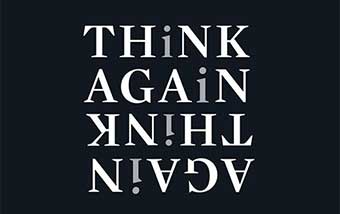Mental Engineering
“The real cycle you’re working on is a cycle called yourself. The machine that appears to be “out there” and the person that appears to be “in here” are not two separate things.”
Robert M. Pirsig, Zen and the Art of Motorcycle Maintenance, 1974
This book came from nowhere and was a sensation in its time. It is about someone who was really smart, who somehow lost his mental bearings, and now is on a motorcycle journey, haunted, retracing his former lost self, trying to understand it all. He is with his son, who, like a ghost of his father, is having his own mental trouble.
Mental illness is about confusing what is “out there” and what is “in here”. We try to keep our mental selves – our motorcycles – running smoothly, despite the confusing differences of others, and the unpredictability of our engines.
There are objects and events, like rocks and rainfall, and there are attributes, like tall, short, and long. Some minds see the thing, some minds, the idea-of-the- thing. These different kinds of minds often don’t get along, and the author has been bothered by this. He can see both things and ideas of things, and wants to clarify, and in the process, heal.
In his former self, his eccentric path – he started in science, then had a sojourn in India, and then returned to study philosophy – led him to discover a little known voice in the Socratic dialogues of Plato, Phaedrus. Phaedrus, it seems, unlike Socrates, sensed that we know things, without knowing how we know them, and without having learned them. Socrates and Plato wouldn’t listen, you see, and the rest is history, including the human creation of inhumane technology.
Pirsig found that in his teaching of technical writing, his job before his mental breakdown, his students unfailingly could recognize good writing when they heard it, without being taught its attributes, and whether they could write well themselves or not. He also found that experiencing good writing helped them become better writers.
Good writing had something he decided to call ‘Quality’. He discovered that this ‘quality’ can not be defined. This created an epiphany – here was a truth, knowable and yet undefinable, a mystical reality. Further, this aspect of good writing could be found in the good of all things – art, philosophy, and technology. Pirsig came to believe that holding this mental category, this category of the knowable unknown, powerfully enhanced one’s intellectual, emotional, and even scientific understanding, much like holding the category zero – the something that is nothing – powerfully advances mathematics. For him, it seemed to be the path to a unification of thinking and feeling, reason and intuition, technology and humanism, the synthesis prior to all dualities, the Tao of the ancient oriental sages. He discovered, in his own way, the perennial philosophy, . . . and it gave him ideaphoric mania.
He see’s it all now, on this journey. Ideas and attributes are wonderful and powerful, they can design a motorcycle, but it still requires maintenance.

